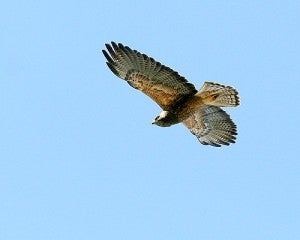David Guy is president of the Northern California Water Association (NCWA), an organization committed to ensuring that water supplies are available for the Sacramento Valley — both for today’s users and for future generations.
“The Sacramento Valley is a rich mosaic of farmlands, cities, rural communities, refuges, managed wetlands and meandering rivers,” David said. “Every drought we experience reveals numerous pressures on the water supplies that support this vibrant region. We have to be motivated and forward-thinking to advance the economic, social and environmental sustainability of the Sacramento Valley by enhancing and preserving its water rights, supplies and water quality.”
I recently had the opportunity to speak with David about his role at NCWA, some of the challenges that he and the region face, and how to prepare for the future. Here’s what David had to say. Read More











